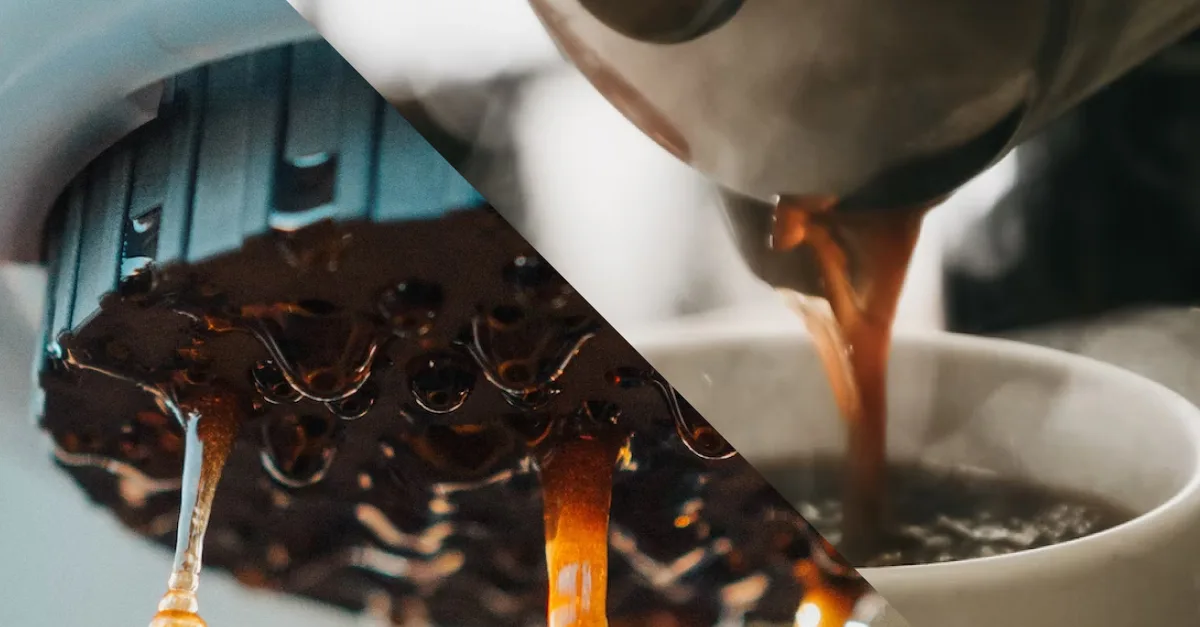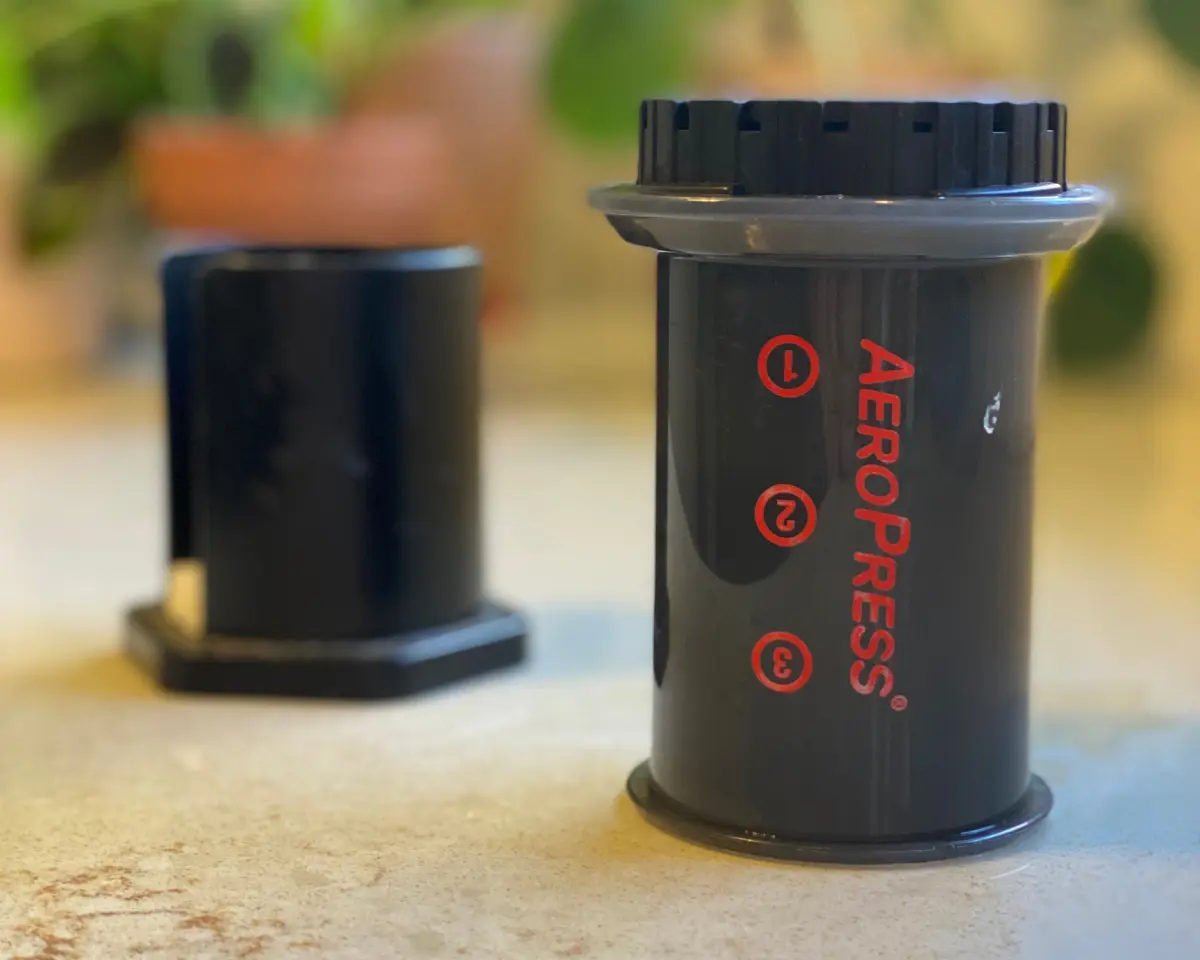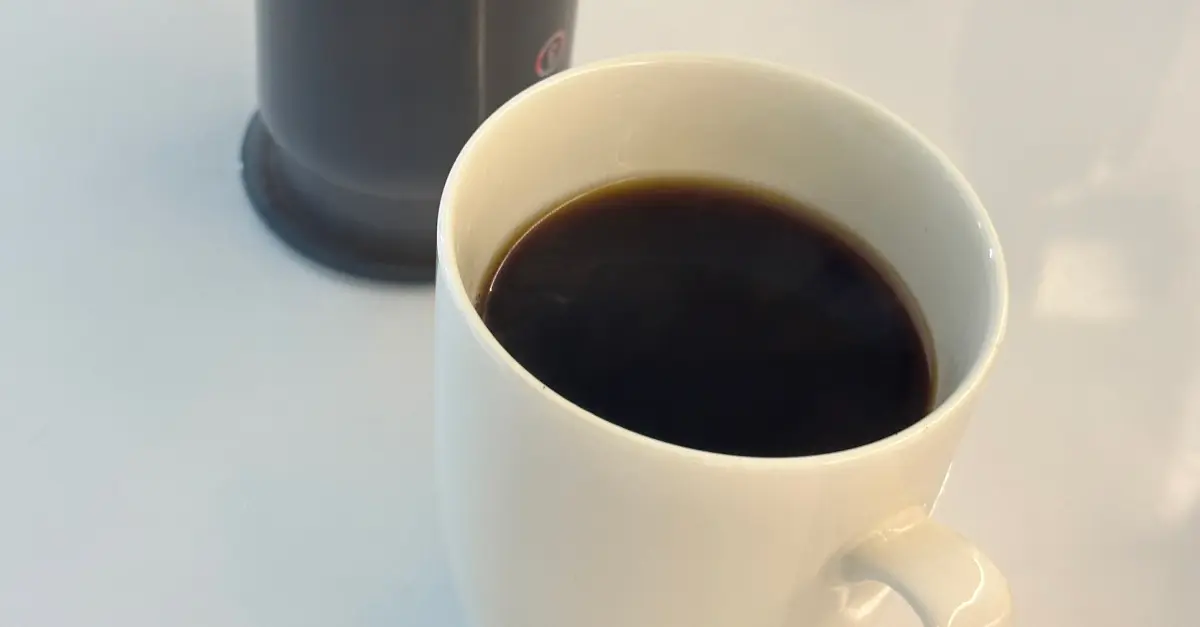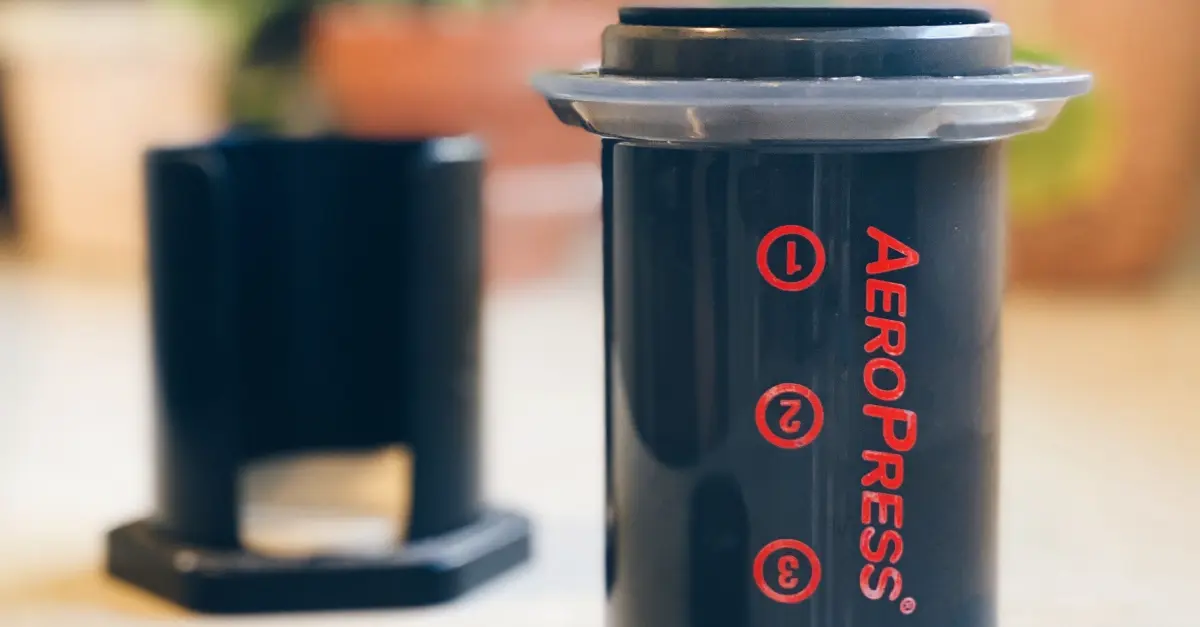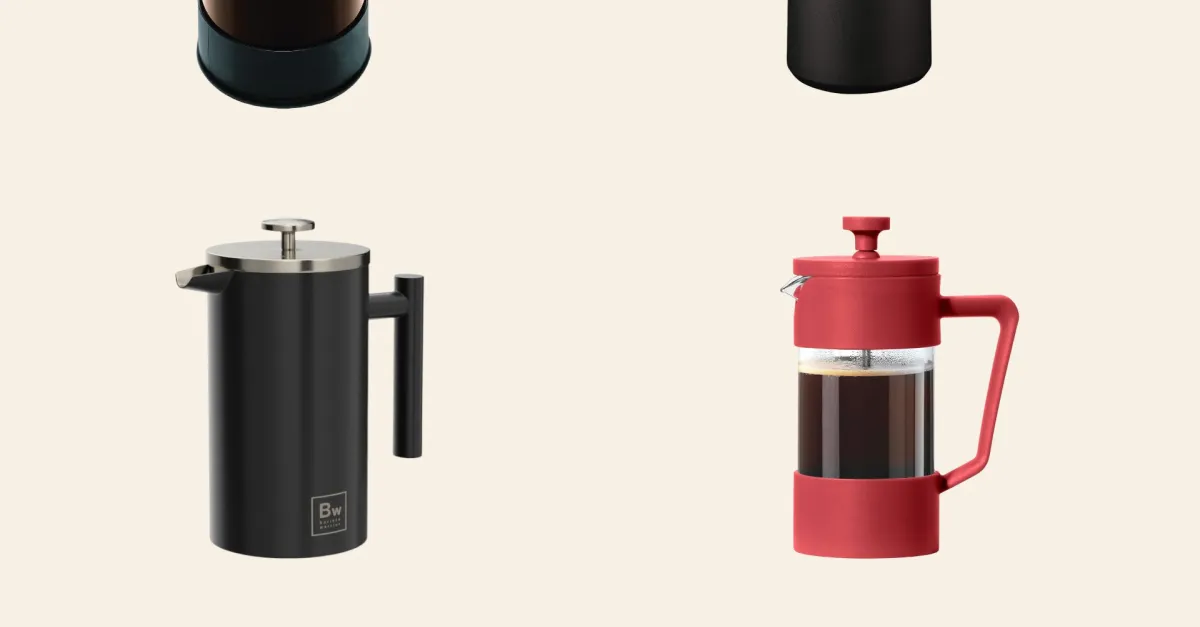Are you conflicted about which brewing tool to get for the best tasting coffee every morning? Our Aeropress vs French press comparison can help you decide. Both French press and Aeropress function manually to curate some of the best cups of coffee.
These manual brewers allow you to enjoy your coffee’s most natural flavors, acidity, aroma, and the ultimate visual prize – crema. Yet, they come with the advantage of simplicity and convenience. You don’t have to be a trained barista to operate either machine!
So, understandably, you may be conflicted about which machine to invest in. To help you decide, here’s an airtight French press vs Aeropress comparison that takes your needs and preferences into consideration.
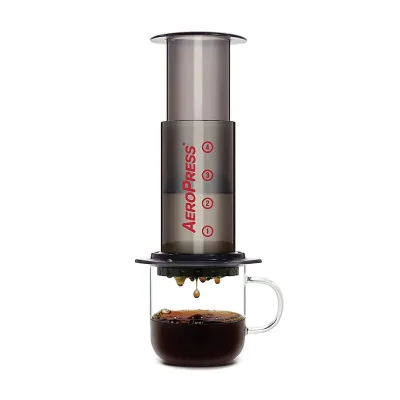 | 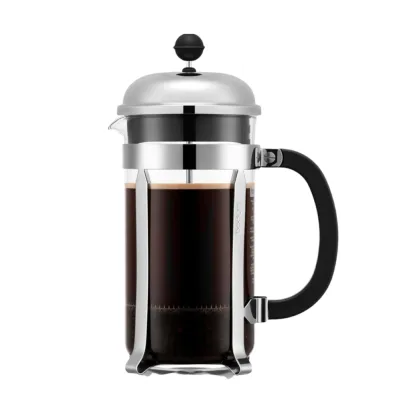 | |
|---|---|---|
| Gear | Aeropress | French Press |
| Makes | 7 ounces of coffee | 32 ounces of coffee (4x 8 ounce cups) |
| Brew Time | 3 minutes | 5 minutes |
| Portability | Perfect for travelling | Too bulky to take on the go |
| Taste | Brighter body with zero oils and no sediment | Full body with oils and some sediment |
| Filter | Paper (perforated metal filters can be purchased) | Metal mesh |
What Is The Main Difference Between French Press and Aeropress?
The main difference between the French press and Aeropress is their mechanism and design. The French press features a thin, long coffee pot where you load ground coffee beans, infuse them with water and plunge them.
The plunging mechanism filters out the bean residue, leaving behind the brewed coffee. On the other hand, an Aeropress works like an espresso machine. It features a piston that forces ground coffee beans through a thin filter paper into a coffee cup.
Here are the key differences between French Press and Aeropress;
- French press features a plunger-style design while Aeropress features a piston-style design.
- French press comes in various sizes and can produce more than one cup per brew (at least 2 cups). Aeropress only produces one cup per brew.
- French press use slightly coarse ground coffee beans than Aeropress
- French produce a rich and heavy taste while Aeropress produces a cleaner and flavor-packed taste
- French press produces a full body with oils and some sediments while Aeropress has a cleaner, brighter body with zero oils and sediments
- The French press has a slightly longer brewing time than Aeropress
- A French press uses a metal or plastic filter while Aeropress uses a finer paper filter to produce less sediment
French Press
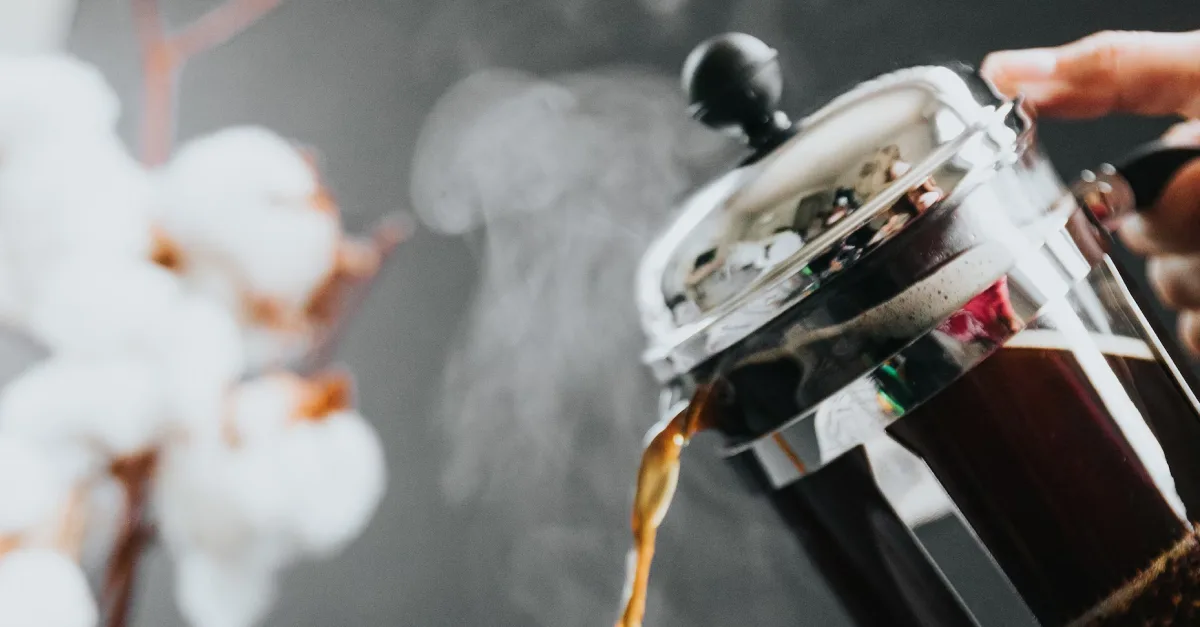
Also known as a coffee plunger or cafetiere, a French press machine features a tall carafe and metal step connected to a mesh or plastic filter. The stem built-in filter acts as a plunger. To use the French press, add coffee grounds to the carafe with hot water and let sit for a few minutes.
Then, press down the “plunger” to filter out the coffee residues, leaving behind freshly brewed coffee. This style of brewing produces a rich coffee with a robust mouth feel. If you want to enjoy the most authentic taste and body of your coffee, the French press lets you do so.
Pros
- Multiple cups per brew
- Easy to use
- Minimal prep
- Consistent brewing and taste
Cons
- Difficult to clean
- Slightly muddledd taste –with a little bit of acidity
Aeropress
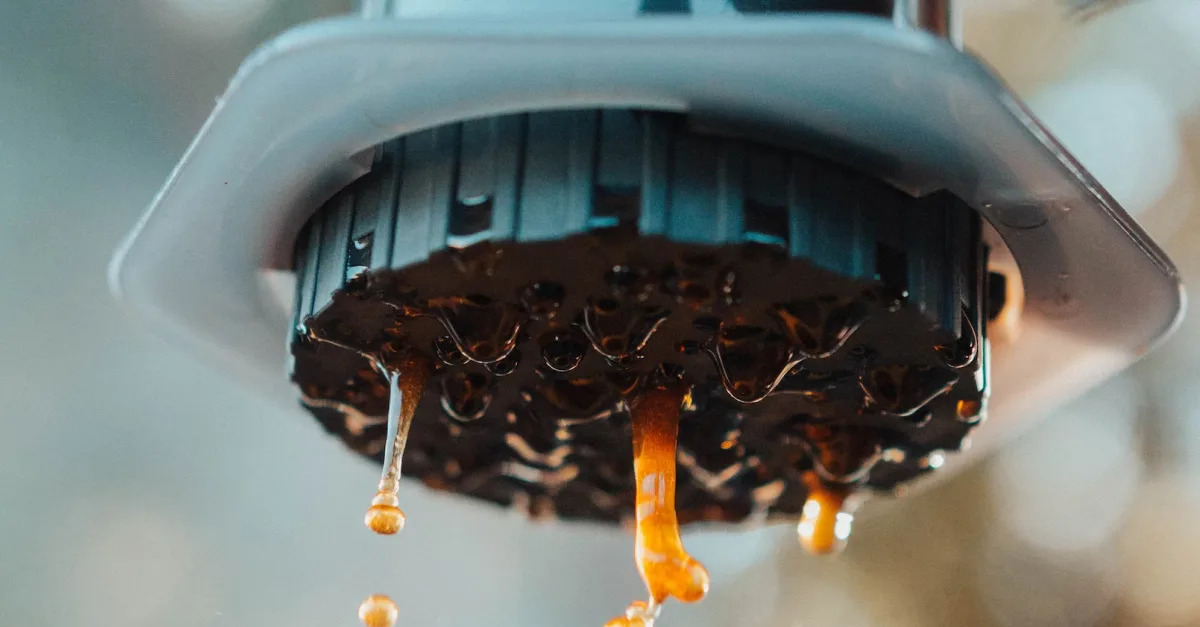
The Aeropress machine features a plastic brewing cylinder fitted with a piston-style plunger (similar to a toy plastic syringe). It is then tightened by a filter car that prevents messes. The brewing cylinder rests on top of the coffee cup so the coffee pours directly into it. To brew coffee, add ground coffee and water and then, push the plunger down.
However, the Aeropress also boasts a versatile design. You can use the Aeropress machine regularly or invert for an inversion method. When inverted, the Aeropress machine functions as a French press (with an included metal mesh filter).
Pros
- Easy to clean
- Versatile – can be used regularly or inverted (to use a French press)
- Portable build
Cons
- It can get a little messy
- Not ideal for multi-person serving
Feature Differences
Here are the key French press vs Aeropress feature comparisons;
Brew Mechanism
The French press simply uses the plunger mechanism to brew coffee. For this reason, it’s important to let the coffee grounds and hot water sit for a few minutes for these two components to fuse well before plunging them.
On the other hand, the Aeropress uses a shorter brewing period thanks to its high pressure. In fact, the machine uses its high pressure mechanism for brewing, using an average of a minute to two. French press takes slightly longer to brew coffee, about 4 to 5 minutes.
Filtration
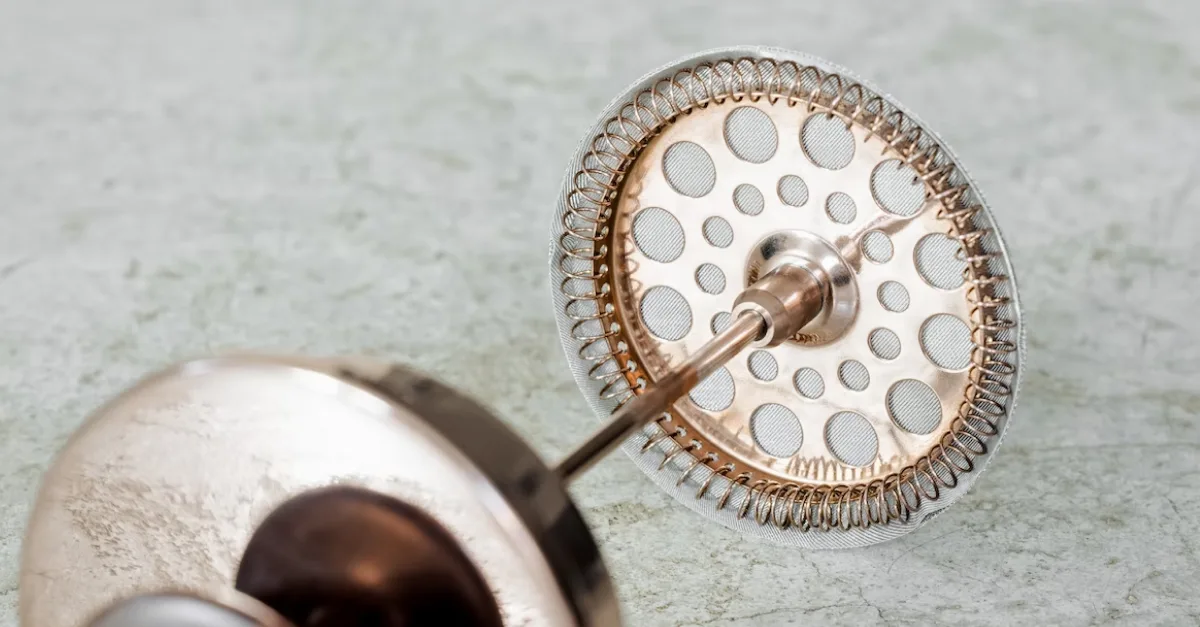
An example of a french press filter
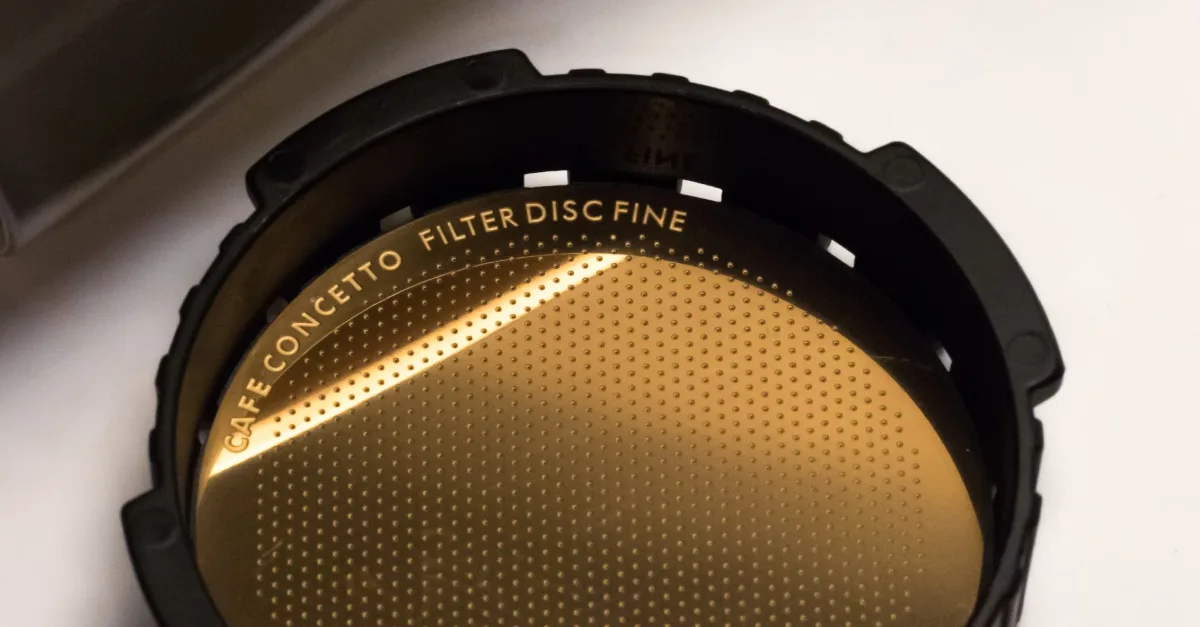
An example of an Aeropress filter
French press is typically fitted with a coarse metal or plastic filter while Aeropress is fitted with a fine paper filter. Because the French press uses the coarse filter, it calls for the use of coarse ground coffee. After all, using finely ground coffee will mean it can easily penetrate the coarse filter.
However, the use of coarse coffee affects the brewing process and overall body and flavour. Coarse coffee has a lower surface area using hot water, extending its brewing time. You can leave the coffee and water for up to 5 minutes as you wait for optimal extraction.
Moreover, the use of the coarse metal or plastic filter allows some of the sediments and oils to pass through. As a result, you get a rich and thick coffee with some sediments and oils.
On the other hand, the paper filter allows you to use finely ground coffee with Aeropress. Combining the fine paper filter with the high pressure nature of the machine, the brewing time shortens. Yet, you get a cleaner and brighter coffee with significantly reduced oils and sediments thanks to the finer filter.
But, remember, the Aeropress machine can be inverted and used as a French press using its included mesh metal filter accessory. In this form, you can use coarse ground coffee with your Aeropress machine.
Versatility
As mentioned above, the Aeropress machine is pretty versatile. On one end, you can use it as a regular Aeropress with its fine filter to produce a coffee with a cleaner taste. However, you can also invert it to use it as a French press to enjoy coffee with a richer and heavier taste.
This versatility allows you to experiment with different types of coffee and grind sizes. The French press machine doesn’t enjoy this versatility. But, it comes with the advantage of flexibility. While it’s impossible to do so with an Aeropress, the French press machine lets you experiment with the water temperature and brew time.
Serving Capacity
The French press machine comes in a wide range of sizes. In general, a single brew from a French press makes 2 to 3 cups. The Aeropress machine, on the other hand, produces only a single cup per brew.
So, if you are serving more than one person, you will have to brew your coffee multiple times. This single-serve capacity also explains the coffee machine’s shorter brewing time.
Is an AeroPress better than French press?
The AeroPress generally produces a cleaner cup with a more concentrated flavor, while the French press yields a richer and bolder flavor. The AeroPress and French press are both popular manual brewing methods that offer a different experience and result in different flavor profiles.
The AeroPress uses a paper filter, which removes most of the coffee sediment and oils, resulting in a cleaner and brighter taste. It also uses pressure to extract the flavors from the coffee, which can lead to a more concentrated brew. The device itself is compact and easy to clean, making it a convenient option for coffee lovers who value simplicity and efficiency.
On the other hand, the French press is known for producing a rich and full-bodied cup of coffee. It uses a metal mesh filter that allows the coffee oils and sediment to pass through, giving the brew a heavier texture and more robust flavor. The French press also allows for more control over the brewing process, as the user can adjust the steeping time and water temperature to achieve the desired taste.
Have a better understanding of the pros and cons of each method and which one may be best for your ultimate coffee experience with this short video:
Why does AeroPress taste better?
The AeroPress can taste better to some people because of the following reasons:
- It uses a paper filter: The AeroPress comes with a paper filter that removes most of the coffee sediment and oils, resulting in a cleaner and brighter taste. This removes any bitterness or harsh flavors that may be present in the coffee.
- It uses pressure: The AeroPress uses air pressure to extract the flavors from the coffee, which can lead to a more concentrated and flavorful brew.
- It has a shorter brew time: The AeroPress typically has a shorter brewing time compared to the French press, which can prevent over-extraction and bitterness in the coffee.
- It’s versatile: The AeroPress can be used in different ways, such as using different coffee grinds or water temperatures, to achieve different flavor profiles. This allows for more experimentation and customization of the coffee taste.
However, it’s important to note that taste is subjective and what tastes better to one person may not be the same for another. Some people may prefer the richer and bolder flavor of the French press, while others may prefer the cleaner and brighter taste of the AeroPress.
